Voted in Sight & Sound’s 2012 poll the third greatest film of all time (and topping the list among directors), Ozu Yasujiro’s sublime family drama is as relevant today as it has ever been, in a sparkling new restoration.
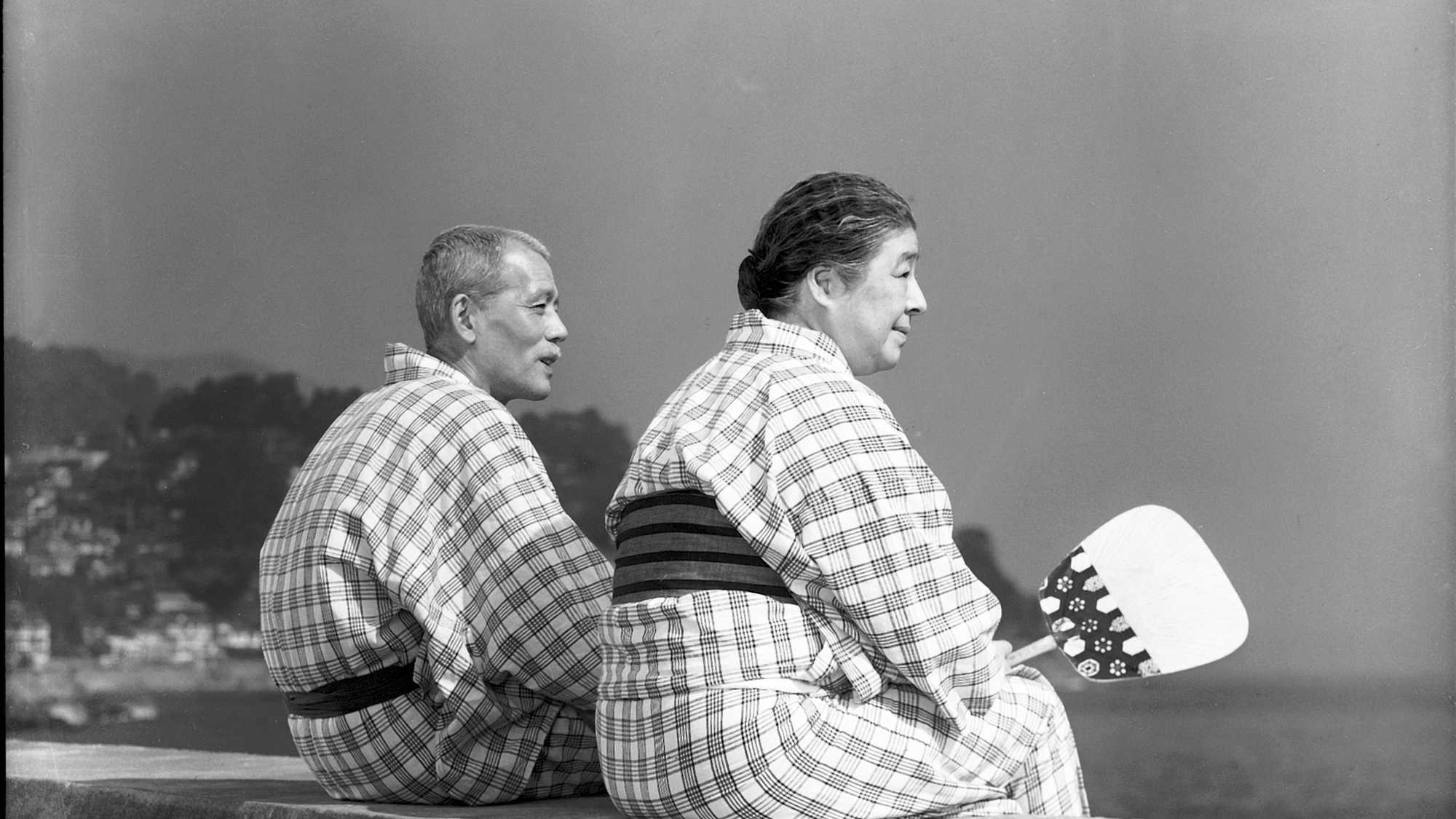
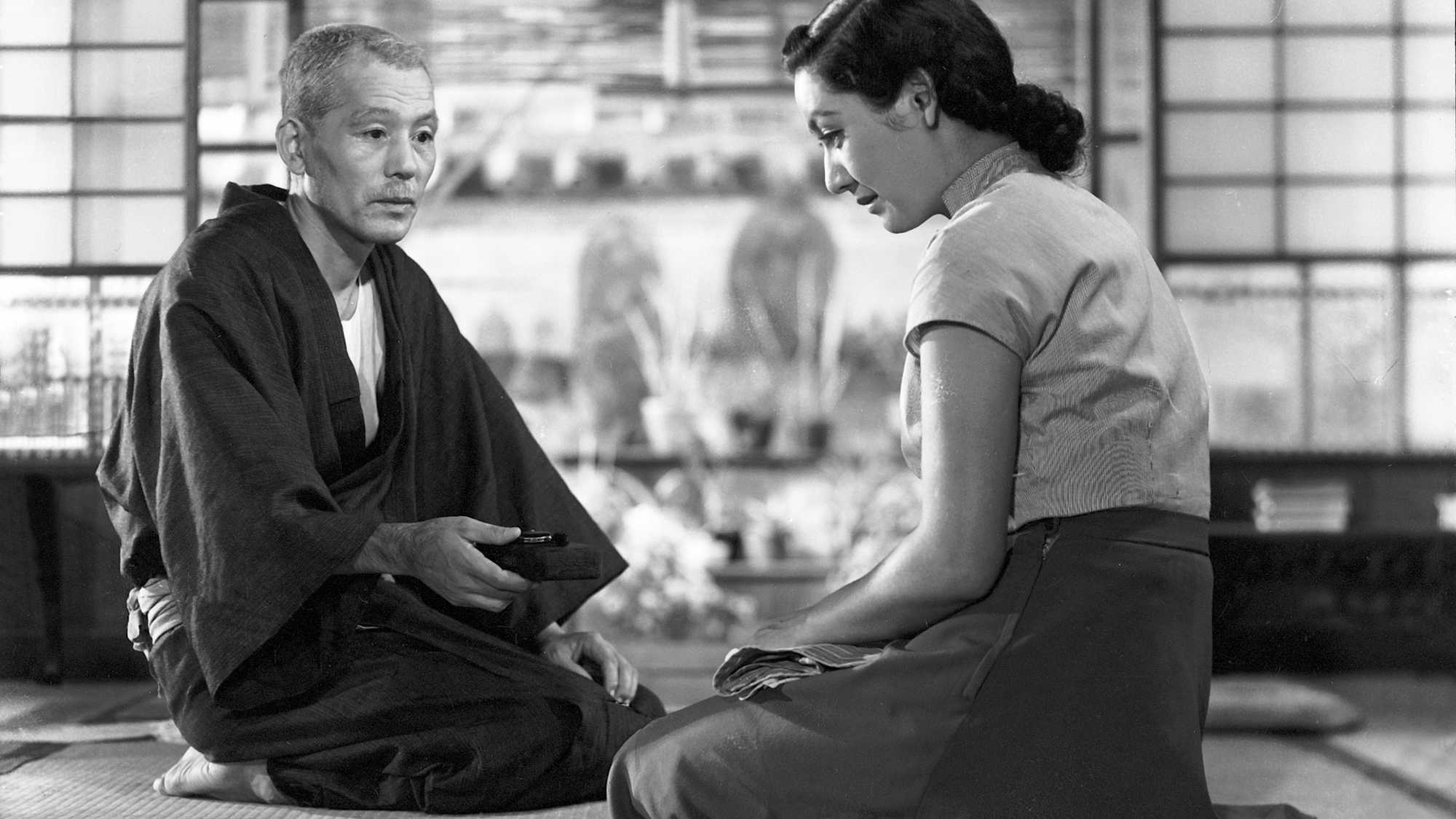
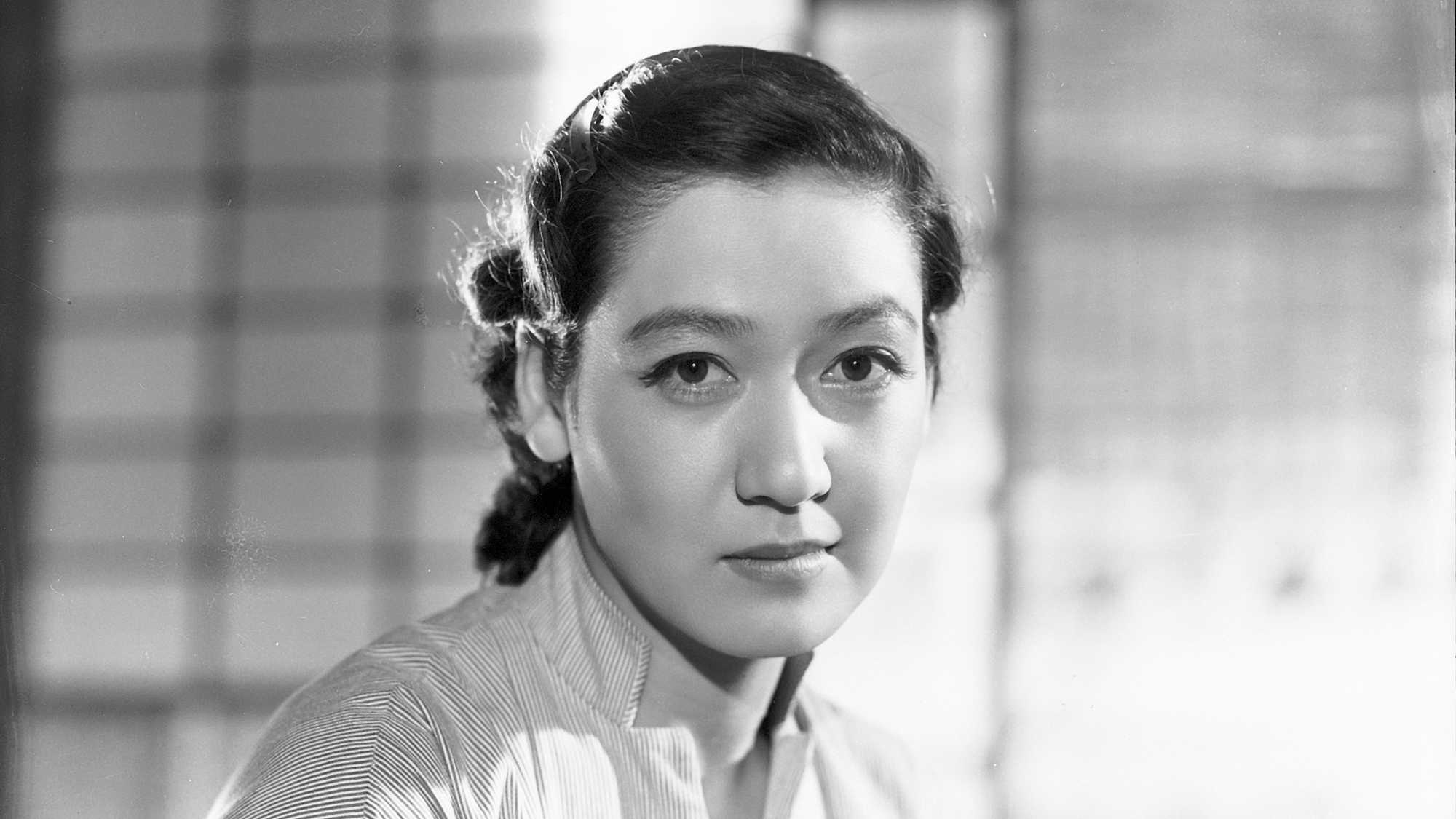
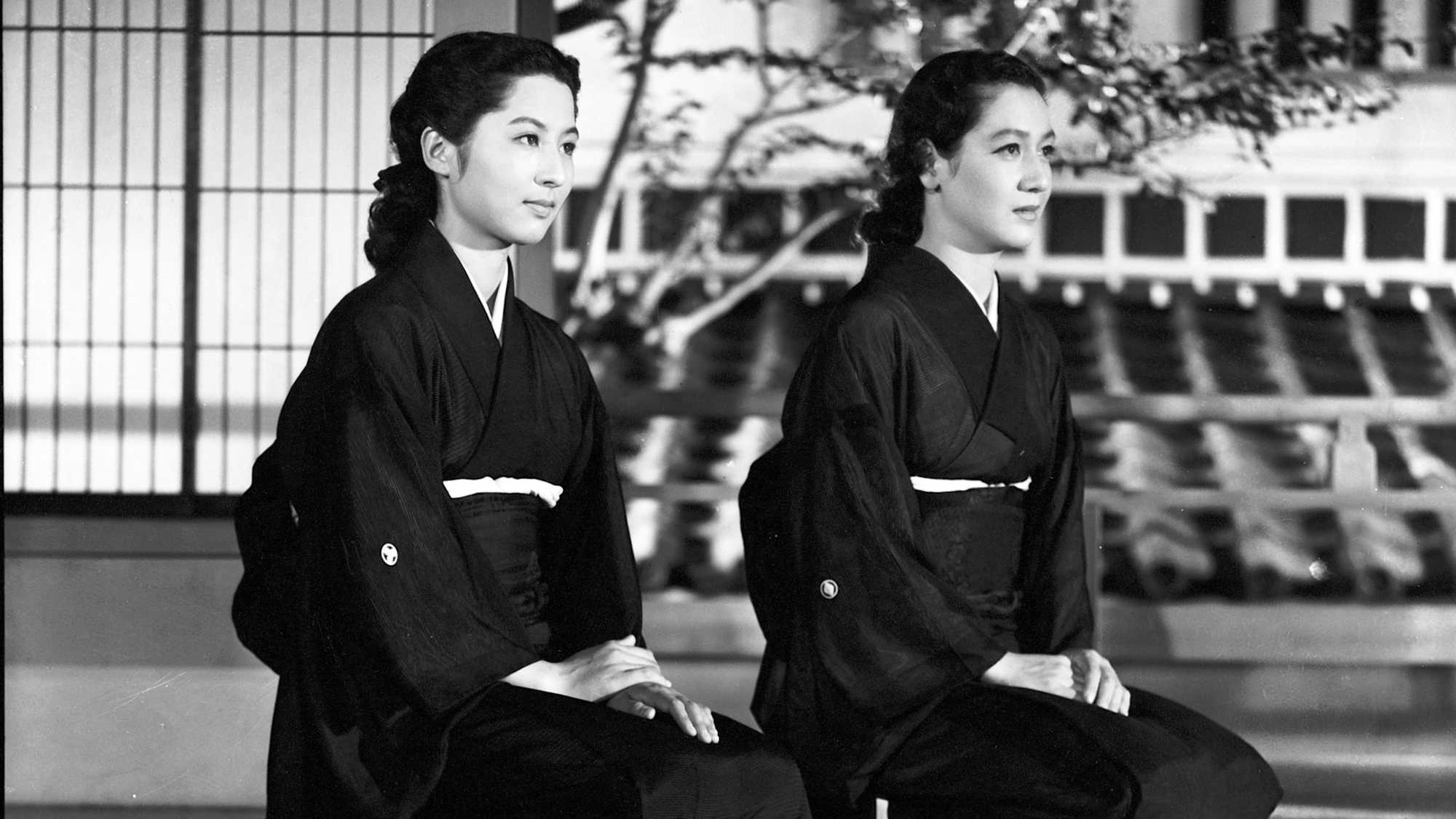
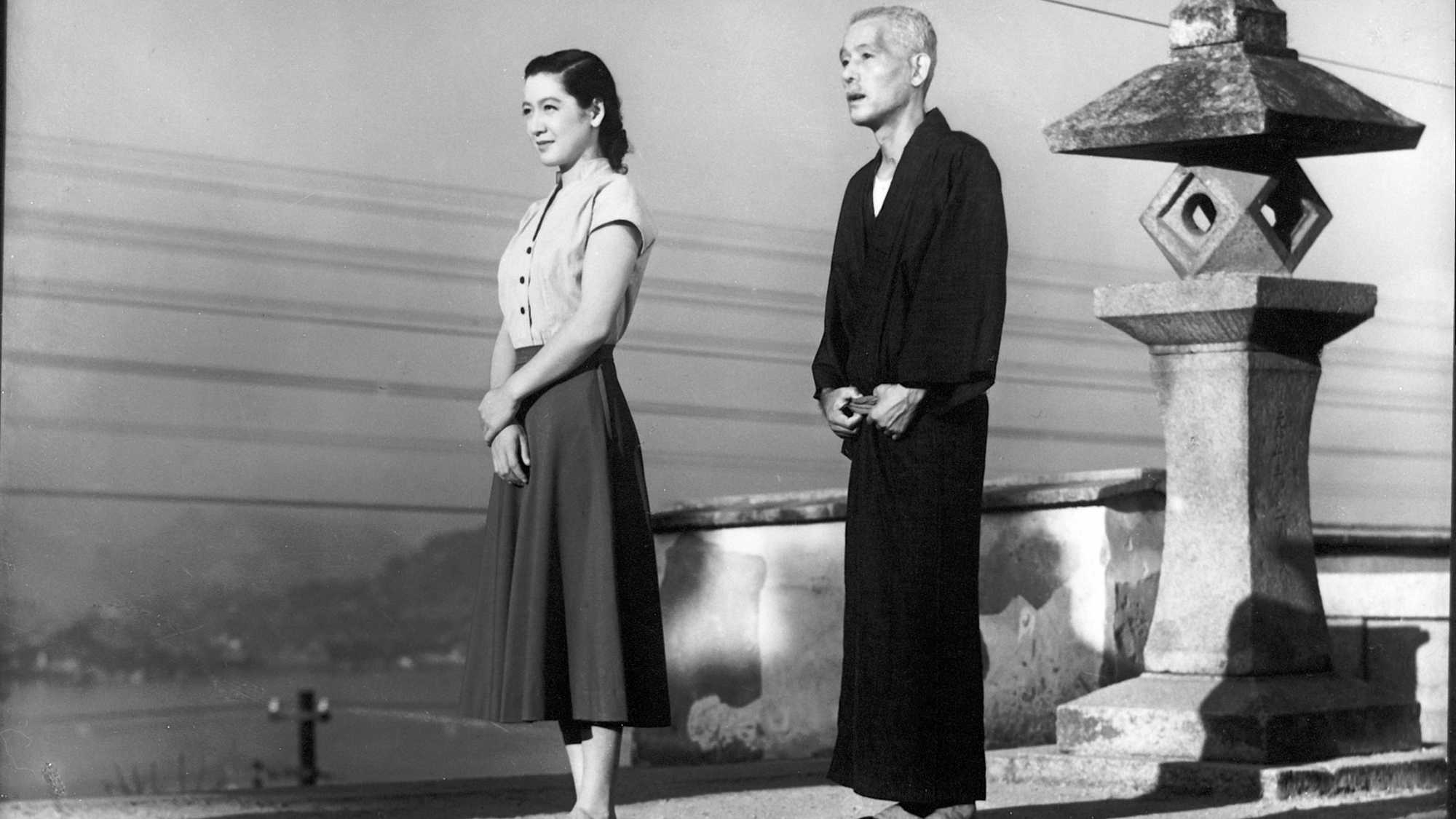
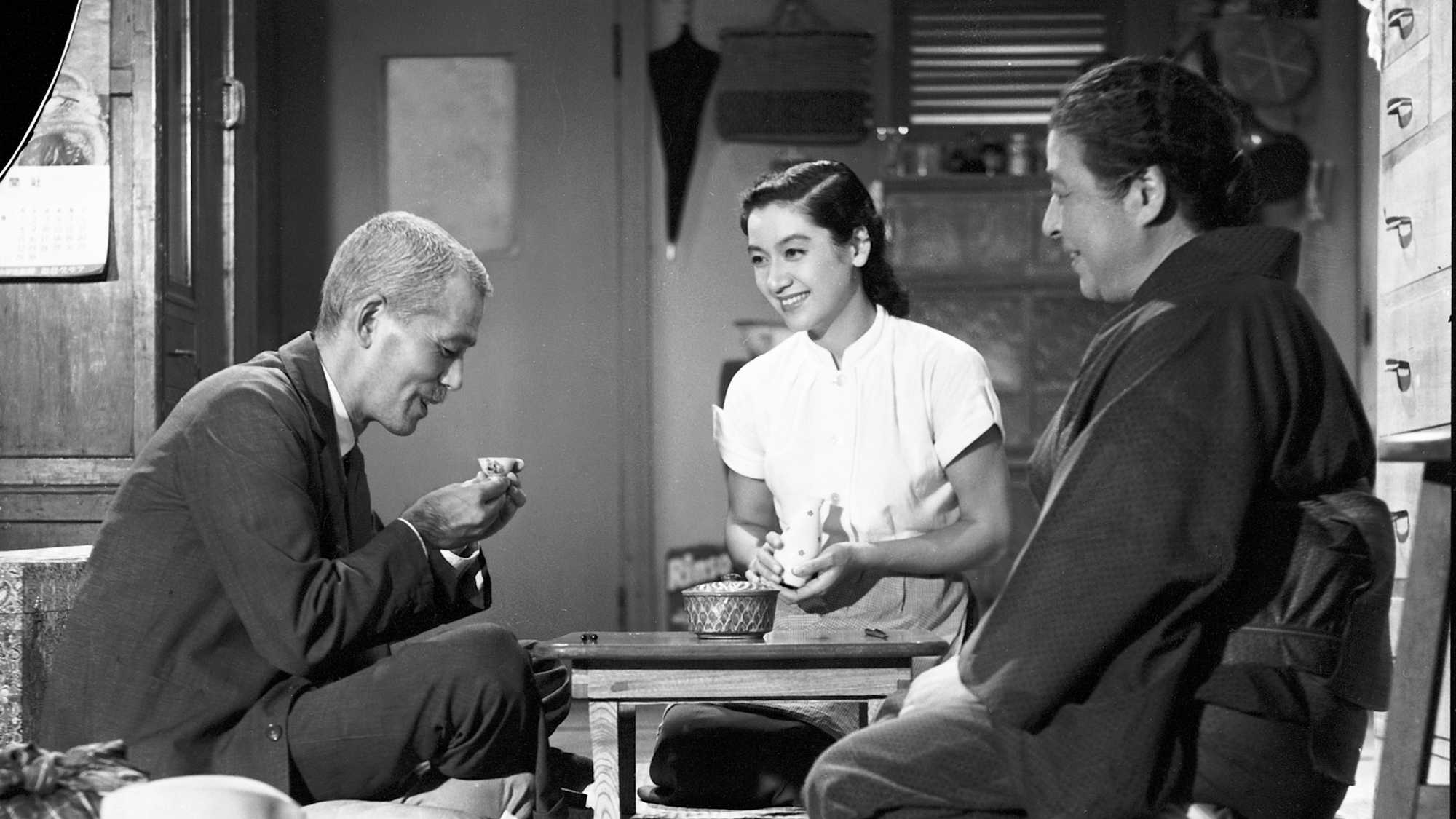
Tokyo Story remains one of the most approachable and moving of all cinema’s masterpieces.
Screened as part of NZIFF 2016
Tokyo Story 1953
Tokyo monogatari
When elderly parents travel from their sleepy coastal town to visit their eldest children in Tokyo, life in the big city doesn’t leave much time for hosting the old folks, though their widowed daughter-in-law does take a day off to show them the sights. The parents remain amiable, but for the viewer a series of mild disappointments gradually turn into a stealth tragedy when the mother falls ill on the way home. Perhaps the most shocking thing about Tokyo Story is how completely recognisable the behaviours and attitudes are 60 years later, in an alien culture. Children and parents continue to grow apart; casual thoughtlessness can still cut like a knife; and regrets remain infinite.
Ozu nails every interaction with a rich emotional diversity, including moments of gentle humour. Ozu evolved a strikingly original style that rejected the norms of Western filmmaking. He favoured low-angle compositions that included his actors’ entire bodies in the frame along with the details of their surroundings, and ignored the Hollywood ‘rules’ of shot-to-shot continuity while inventing his own, such as the haiku-inspired sequences of images that move us from one location to another. The zen-like simplicity of Ozu’s mature style could still allow for the modest flourish of tracking shots or close-ups – though these were held in reserve for maximum emotional impact. — AL